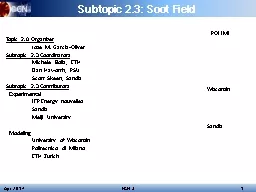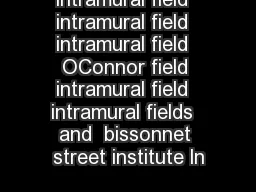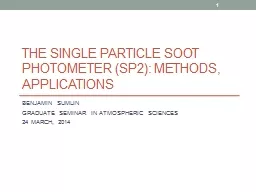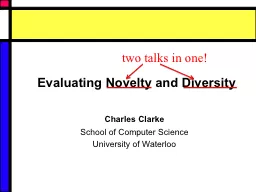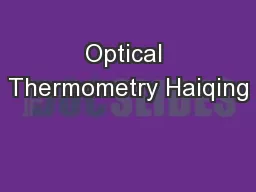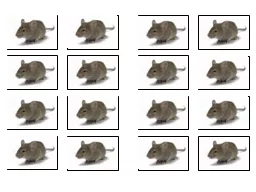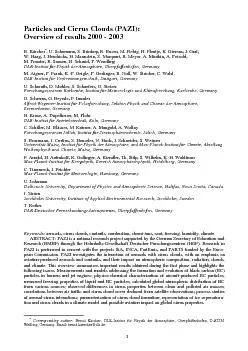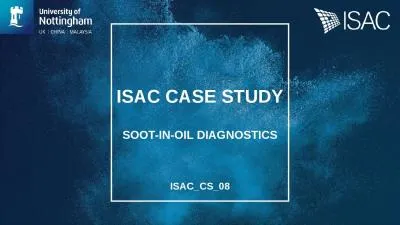PPT-Subtopic 2.3: Soot Field
Author : myesha-ticknor | Published Date : 2018-10-26
Topic 20 Organizer Jose M GarciaOliver Subtopic 23 Coordinators Michele Bolla ETH Dan Haworth PSU Scott Skeen Sandia Subtopic 23 Contributors Experimental IFP
Presentation Embed Code
Download Presentation
Download Presentation The PPT/PDF document "Subtopic 2.3: Soot Field" is the property of its rightful owner. Permission is granted to download and print the materials on this website for personal, non-commercial use only, and to display it on your personal computer provided you do not modify the materials and that you retain all copyright notices contained in the materials. By downloading content from our website, you accept the terms of this agreement.
Subtopic 2.3: Soot Field: Transcript
Download Rules Of Document
"Subtopic 2.3: Soot Field"The content belongs to its owner. You may download and print it for personal use, without modification, and keep all copyright notices. By downloading, you agree to these terms.
Related Documents

